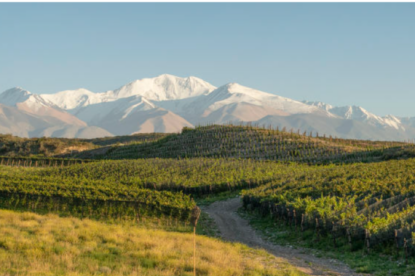
How does a glacial valley barely 3000 square miles, pack in the climates of two disparate landscapes? South Tyrol or Alto Adige, a wine region in northeast Italy, boasts a broad temperature range, an unusual feature that allows it to grow red and white grapes. Add myriad soil types, depending on the vineyard’s site, aspect, and elevation, and Alto Adige’s producers are capable of infinite combinations of fine wine.
While hard to believe, summer temperatures in Alto Adige can surpass those of the sunny Italian isle of Sicily. Of course, this landlocked valley framed by the imposing Dolomites isn’t imbued with warmth from the actual sea. Rather, proximity to the sun, clear skies and warm breezes from Lake Garda encompass the mix. The latter, known as The Ora del Garda, is a wind which blows off Garda’s northern shoreline. The heat-amplifying effect is greatest during temperate days of cloud-free skies.
Who benefits from this phenomenon, besides locals and holidaymakers hiking in shorts? Certainly, growers of red grapes like Lagrein which thrive in warmer sites around Bolzano. Schiava planted around the Kalterersee, or Lago di Caldaro, also experiences a warming effect from the lake of same name.
Though much of Alto Adige’s steep topography is inhospitable to farming, grapes flourish in unlikely places. Poor, rocky soil on a steep incline at 3,300 feet? That describes the upper limit of alpine viticulture in Alto Adige. White, acid-driven grapes that prosper in the cool air and crisp nights of high-elevation sites include Riesling, Sylvaner, and Müller Thurgau. Of course, vertical grape growing demands labor-intensive practices like hand-picking due to the impossibility of employing tractors. This keeps plots small, yields low, and quality high.
On soil, Alto Adige proves a puzzle. Due to geological and climatic shifts, an ancient shallow sea, tropical coral reefs, and volcanic explosions gave way to today’s mix of glacial polish, clay soils, and chalk deposits. In fact, over 150 different rock deposits comprise the quilt of dirt blanketing Alto Adige’s vineyards. Fortunately, this diversity allows for more than twenty different grape varieties to succeed, turning a tiny region into an impressive force within the competitive world of wine.
Learn more about Alto Adige >>

Last Updated: May 5, 2023













